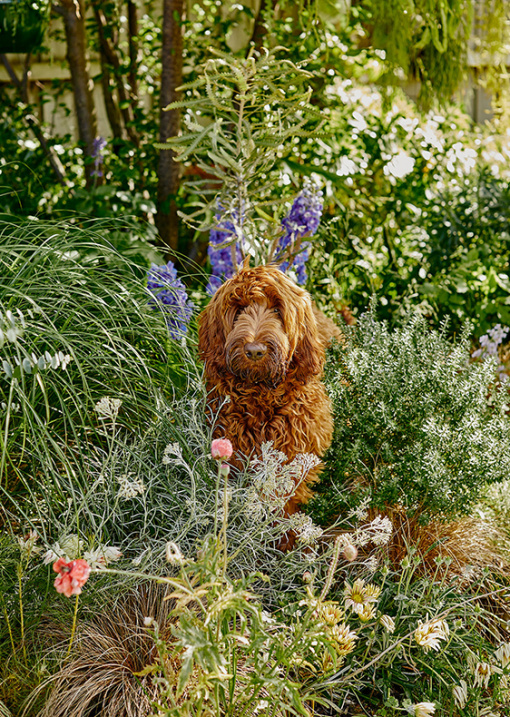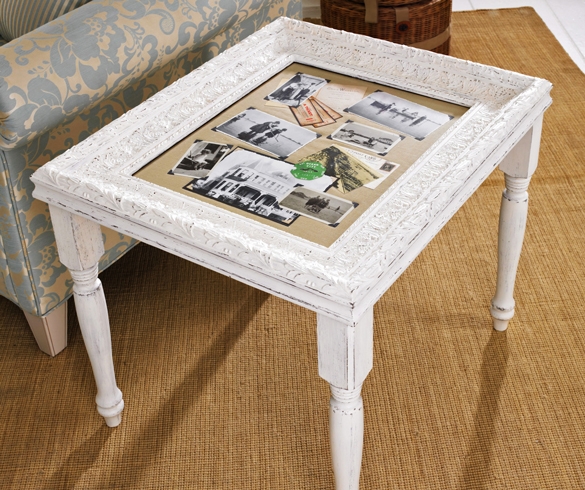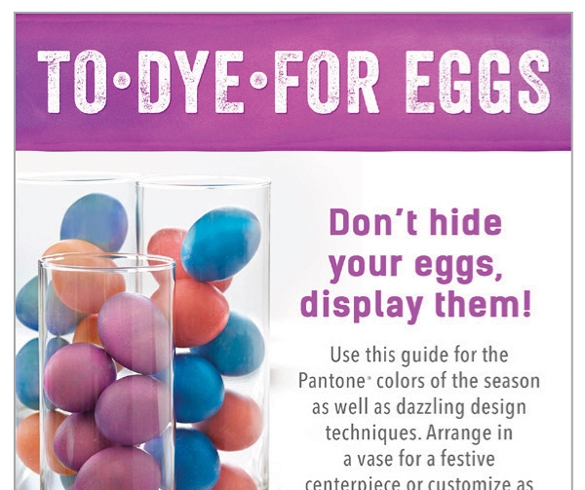Andy Kepitis is a man of many creative talents, as the founder of kep Horticulture, and co-founder of the wildly popular tiled furniture business P0LY Designs (more on that second part here!).
The horticulturist’s passion for plants extends far beyond work – just look at his Northcote sharehouse garden. Originally nothing but knee-high grass, Andy has spent the last five years turning this backyard into a rambling wonderland filled with potted cacti and succulents.
When not tending to his own garden or working for P0LY, you’ll find Andy crafting green spaces and sourcing plants for clients across Melbourne. From sprawling suburban garden plantings to small space solutions, there isn’t a garden Andy doesn’t love bringing to life!
Hi Andy! Can you tell us a bit about your professional background and how this brought you to horticulture?
Well I guess it all started when I studied accounting at university and realised that whole world was very not for me. I’ve always had a keen interest in art, drawing and painting all through my life, but it wasn’t until I discovered a love of plants that I found the medium that I could really express myself with. I could now rely on Mother Nature to do the heavy lifting, and all I’d have to do is put shapes, colours and forms together that I think would work.
How does horticulture differ from landscape design and landscape architecture?
The way I see horticulture and horticulturists is that we’re all gardeners that wanted to take the extra step into gardening for a day job. Horticulturists are the perfect complement to landscape designers and architects, who may have an amazing understanding of how to create a space that suits a client’s needs, but may lack some of the practical knowledge of how plants grow and what will be best suited to certain aspects, soil types and microclimates.
Do you specialise in any specific type of green space?
I don’t limit myself to any specific type of space. I’ve worked on projects from sprawling suburban garden plantings, to filling troublesome spots where clients haven’t had any success in growing anything, inner-city courtyards, apartments, and balconies.
A favourite space I’ve worked on is the wonderfully renovated Newry House by Austin Maynard Architects, where I had the pleasure of planting out the indoor garden bed that sits in the heart of the light-filled home.
What’s your approach to creating a garden? What makes it a kep Horticulture design?
I want to create gardens that are full of life, colour, texture and form. I love perennial-style plantings that use grasses to create a sense of movement, using my favourite cacti and succulents to provide year round structure, mixing Australian native plants with exotics and interspersing ‘showy’ flowers throughout for good measure. Plants are dynamic and are always changing with the seasons, so I like to make sure the garden is always full of interest year-round, whether it be through using the structure of plants or the colours of flowers and foliage. I want clients to have an input and an attachment to their garden in the hopes they can start spending more time outside appreciating plants.
From my time as a landscape labourer working in mostly the eastern suburbs of Melbourne, I’ve now developed an aversion to certain plant palettes – the ones you see in every garden in the street where someone has said ‘I want exactly what they’ve got.’ When there are thousands of plants to choose from, why limit yourself to the 10 that everyone else has? Chances are plants that may grow well on one side of the street may not grow well on the other side. I select plants I know will grow successfully in each individual garden.
One thing I’m always trying to do is convince clients that the answer is more plants. I don’t want to see any soil or mulch in garden beds for a few reasons. Firstly, plants are always more interesting to look at than bare patches; and secondly (and this can always raise an eyebrow or two!), the more plants you have in a garden bed, the less maintenance you will have to do in the long run due to plants shading and outcompeting any weeds that may want to try and establish themselves.
Do you have a garden philosophy?
In my own garden, there’s no finish line in sight. There’s no end goal I’m trying to get to; my garden will always be evolving and changing as plants grow and die, and as I discover new plants to fall in love with and try to grow.
I know this philosophy may not be practical for everyone out there, as they may not want to spend all their leisure time gardening, but [my aim is to] at least help clients to get their hands dirty every now and then, get them down to the nursery to buy new plants, and know if a plant dies there’s no reason to give up… The best gardeners out there would have killed countless plants – the thing is they just keep coming back for more!
What do you love most about what you do?
The constant learning, growing, gaining of knowledge, and knowing that it’s impossible to know everything about plants. I find so much satisfaction in walking into my greenhouse every morning and afternoon (and any other moment) and checking in on my plants, seeing flowers for the first time, germinating seeds, and seeing new leaves and spines emerging. Watching my plants and garden grow and develop as time goes by, talking with other gardeners about their success and failures, meeting people from all walks of life that have the same thing in common – a love for plants.
Learn more about kep Horticulture here, and follow Andy’s personal plant journal on Instagram.

The greenhouse of Kep Horticulture’s Andy Kepitis, located in his Northcote sharehouse backyard. Photo – Amelia Stanwix

‘I love perennial style plantings that use grasses to create a sense of movement, using my favourite cacti and succulents to provide year round structure, mixing Australian native plants with exotics and interspersing showy flowers throughout for good measure,’ says Andy. Photo – Amelia Stanwix

Andy has spent the last five years turning his sharehouse backyard into a rambling wonderland filled with potted cacti and succulents. Photo – Amelia Stanwix

Five years ago, this backyard contained nothing but knee-high grass. Photo – Amelia Stanwix

From sprawling suburban garden plantings to small space solutions, there isn’t a garden Andy doesn’t love bringing to life! Photo – Amelia Stanwix

It wasn’t until studying accounting at university that Andy discovered his love of plants, leading him to found kep Horticulture. Photo – Amelia Stanwix

When not tending to his own garden or working for P0LY, you’ll find Andy crafting green spaces and sourcing plants for clients across Melbourne. Photo – Amelia Stanwix

Andy Kepitis. Photo – Amelia Stanwix

‘I don’t limit myself to any specific type of space as long as plants will be the main focus of the work that I do, indoors and out,’ says Andy. Photo – Amelia Stanwix

‘I want to create gardens that are full of life, colour, texture and form,’ Andy says. Photo – Amelia Stanwix

‘Plants are dynamic and are always changing with the seasons, so I like to make sure the garden is always full of interest year-round, whether it be through using the structure of plants or the colours of flowers and foliage.’ Photo – Amelia Stanwix

Andy’s garden and practice is constantly evolving. ‘There’s no end goal I’m trying to get to; my garden will always be evolving and changing as plants grow and die, and as I discover new plants to fall in love with and try to grow.’ Photo – Amelia Stanwix








